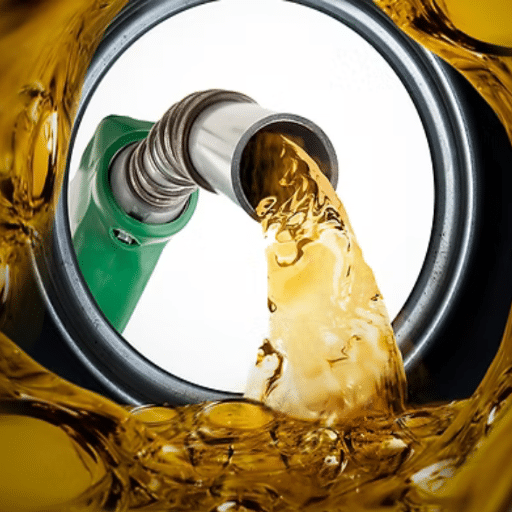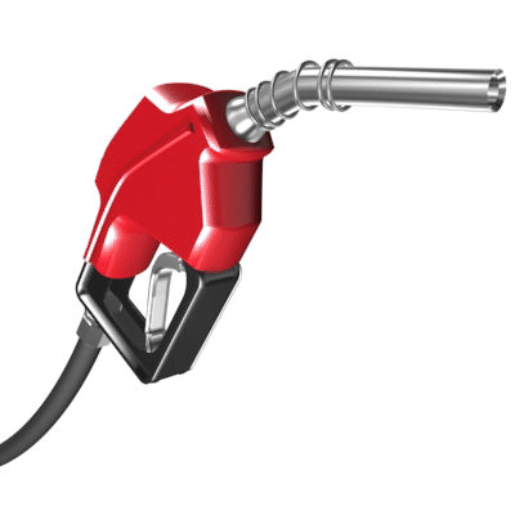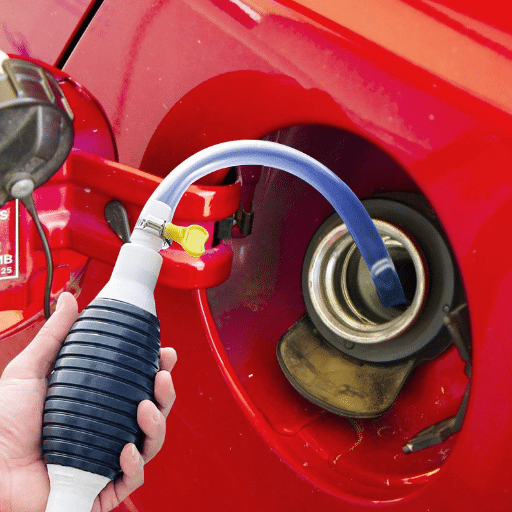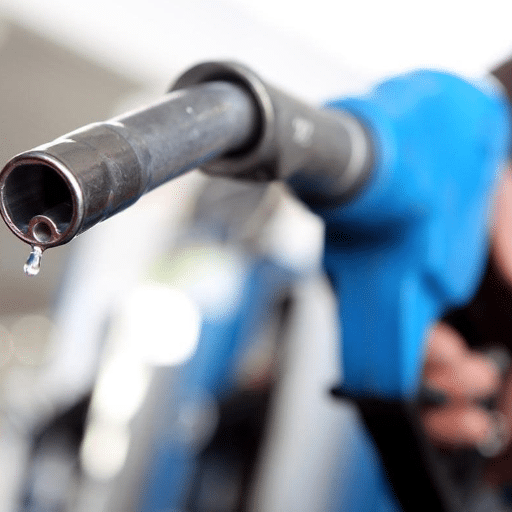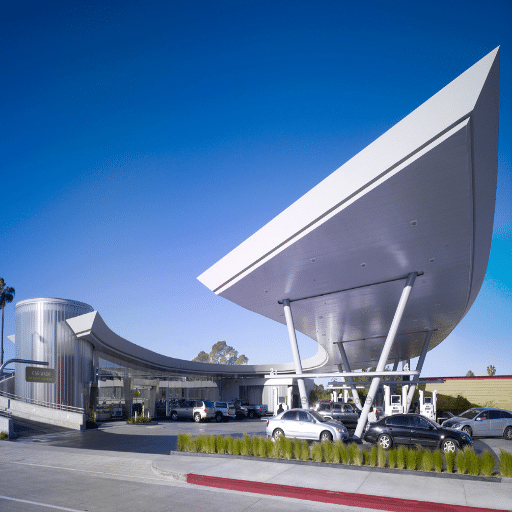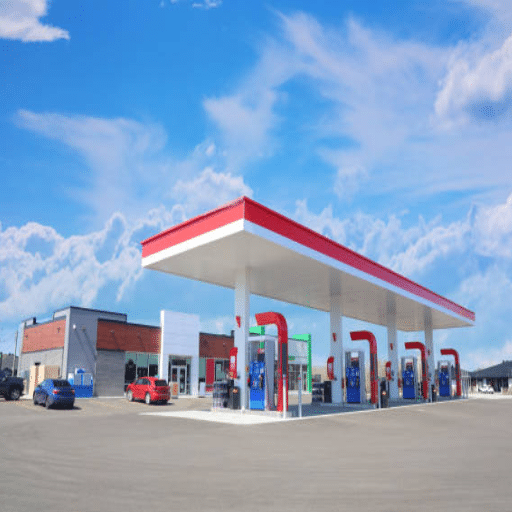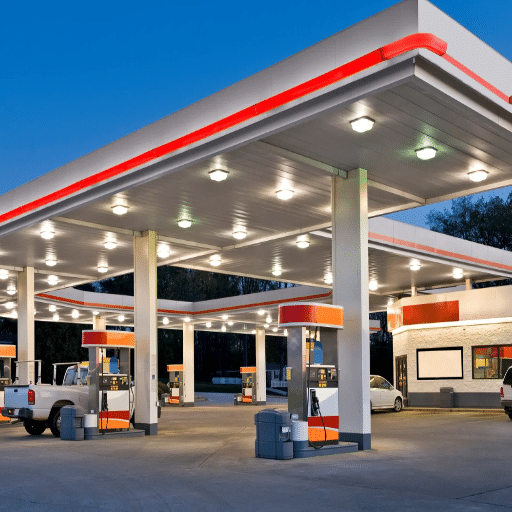Modern fueling stations depend on fuel dispensers as a vital part, which provide the vehicles with fuel in an effective and precise manner. The process of their operation appears to be simple, but in reality, a complex assembly of parts is functioning together to provide safety, accuracy, and dependability. Station operators, technicians, and even curious individuals need to understand the components of fuel dispensers to grasp the mechanics of how they work. This article will decompose a fuel dispenser into its main parts, study each one’s function, and thus show its importance to the overall operation. This guide will be an extensive and golden resource if you want to either improve your technical knowledge or get some tips on fuel dispenser maintenance.
Introduction to Fuel Dispenser Parts
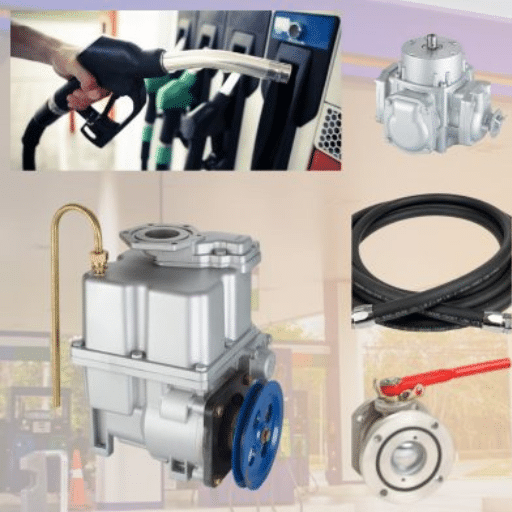
A fuel dispenser is a complex system comprising various components that together ensure the accurate and efficient delivery of fuel. The main components are as follows:
- Metering Unit – This component plays a vital role in determining the exact amount of fuel dispensed. It not only provides an accuracy that is almost 100% but also prevents over- or under-dispensing by monitoring the volume calculations very closely.
- Pump – The pump mechanism pulls the fuel from the underground tank and sends it through the system to the vehicle.
- Hose and Nozzle – The nozzle at the end of the hose not only controls the flow into the vehicle’s tank but also makes the transfer safe and precise by channeling the fuel from the pump to the nozzle.
- Display Panel – The display panel keeps the user informed with live data like the amount of fuel dispensed and the total price.
- Control System – The control system governs and oversees the dispenser’s performance while integrating electronic circuits for efficient and accurate operation.
The seamless collaboration of these parts leads to a fuel dispenser that is not only reliable but also safe.
What is a Fuel Dispenser?
A fuel dispenser is a sophisticated apparatus that is meant to transfer gasoline or diesel from a storage tank to a car in a controlled and efficient way. Today’s fuel dispensers have modern technology that offers more features, safety, and accuracy. A fuel dispenser usually has a combination of specially-designed flow meters, electronic control systems, and robbery-proof dispensing nozzles, assuring proper fuel delivery.
In the working of a fuel dispenser, mainly a submersible or suction pump is used, which pulls fuel from the underground tank, accompanied by a flow meter that precisely counts the amount that is being dispensed. The control system, with its software algorithms, manages the process and gives real-time communication on fuel flow rates, temperature compensation, and transaction records. Along with this, many designs conforming to the EMV payment security standards are also provided with IoT connectivity to facilitate remote monitoring and diagnostics.
According to the data, a typical fuel dispenser has a flow rate of about 40 liters (10.5 gallons) to 120 liters (31.7 gallons) per minute in a standard way, while the flow rate depends on the dispenser type and its application. The flow rate of high-capacity models, like those at truck stops, can go up to 200 liters (52.8 gallons) per minute. Places where advanced methods are used, both commercial and residential customers can be taken care of without much downtime and with excellent precision.
Importance of Fuel Dispenser Components
Fuel dispensers are intricate systems in which the respective parts are all equally important to operational efficiency, safety, and accuracy. The metering unit, nozzles, hoses, filters, and the electronic control system are the principal pieces. The metering unit measures the fuel volume accurately according to strict international standards like OIML R117. Nozzles are designed to give a smooth flow and, at the same time, to cause the least spillage and evaporation losses that are within the limits of environmental regulations. Hoses need to be both strong and elastic so that they can endure the conditions of high-pressure delivery.
In addition to that, filters help to keep the quality of the fuel up to the mark by taking away anything that could damage the engines of the vehicles, like dirt, water, or other impurities. Besides, the electronic control system connects with modern software for tracking transactions, performing data analytics, and providing remote diagnostics. Every single part is working together to satisfy the customers, the authorities, and the sustainability goals of the oil companies. The interaction of these parts leads to quick replenishment of fuel, and at the same time, the safety and environmental standards are observed.
Overview of Fuel Dispensing Systems
Modern fuel dispensing systems are intricate and highly engineered to deliver accuracy, dependability, and efficiency. The metering units that are at the heart of these systems guarantee precise fuel measurement that is in line with stringent regulatory standards. The electronic control panels that are integrated into the system manage the transactions and the payment systems, which contribute to a seamless experience for the customers. Modern filtration systems are implemented to keep the contaminants out of the vehicle tanks, thereby protecting the engine performance.
Furthermore, the modern dispensers are fitted with the flow control valves and the vapor recovery systems in order to decrease the spillage and to have a lesser environmental impact. The connectivity features, like IoT integration, allow for remote monitoring, predictive maintenance, and data analytics, all of which contribute to better operational efficiency. All these features together not only guarantee compliance with the safety standards in the industry but also support the sustainability objectives of the fuel providers of today.
Main Components of a Fuel Dispenser
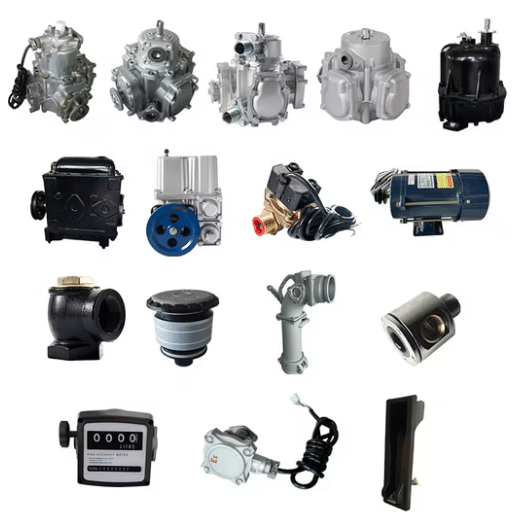
A fuel dispenser usually consists of the following primary components:
- Metering Unit – Determines the exact amount of fuel that has been dispensed with high precision.
- Pump – Moves the fuel from the tank into the dispensing nozzle.
- Hose and Nozzle – Enables the delivery of fuel in a controlled manner either into a vehicle or a container.
- Displayer – Provides the customers with important information such as how much fuel they are getting, price, and details of the transaction.
- Control Unit – Controls the activities of the dispenser, making sure there is accuracy and safety throughout the entire fueling process.
- Safety Mechanisms – Consists of measures like emergency shut-off systems, pressure regulators, and anti-spillage devices that make the operation safe.
All these parts are harmoniously interdependent to offer the fuel dispensing to be fast, dependable, and secure.
Fuel Pump: The Heart of the Dispenser
A fuel pump is essential for the successful operation of a fuel dispenser, and its main responsibility is to pump the fuel from the underground tank to the vehicle or container. In most cases, an electric motor drives the pump, and it either creates suction or applies pressure to move the fuel through the respective pipelines to the nozzle. Innovations in fuel pumps have led to the development of sophisticated flow-control mechanisms, which in turn have reduced the chances of over-dispensing while catering to different kinds of fuel.
Fuel pumps, in fact, are the mainstay of the whole fuel delivery process with regard to efficiency and accuracy. Their design is such that they can withstand a variety of environmental and operational conditions, such as temperature variations and differences in fuel viscosity. Furthermore, a lot of modern pumps come with built-in advanced monitoring systems that can quickly alert the user to any problems, thus ensuring continuous safety and minimizing downtimes.
The fuel pump is a conclusive barrier in dispensing systems that takes the merging of sturdy design and technological improvements to ensure uninterrupted dispensing operations always, while not compromising on safety, accuracy, and dependability. The absence of the pump would greatly disturb the synchronized processes of the fuel dispenser.
Valves: Controlling Fuel Flow
Valves are essential components in every fuel dispensing system. They not only regulate but also control the flow of fuel precisely and safely. These parts are generally made of sturdy materials such as stainless steel or brass, which are especially suitable for high-pressure and different fuel applications. Valves of several types are put to use in fuel systems. A few examples are manual valves, solenoid valves, and pressure-regulating valves, and each of them has its unique purpose and role in the system.
Manual valves are of very basic design and operation, but still very effective in stopping or starting the flow of fuel. These valves are suitable for low-automation systems where simplicity and reliability are the main concerns. The solenoid valves, in contrast, are electrically controlled and provide very precise, fully automated flow control. Hence, they are popular in modern fuel-dispensing applications. The pressure-regulating valves, on the other hand, help maintain a certain level of pressure in the system at all times. They prevent over-pressurization and, in that way, assure good performance. These valves usually come with seals and gaskets for leak prevention and to resist the corrosive properties of the fuel.
The valves, through advanced designs and sturdy materials, provide accurate fuel delivery, minimize the risks of spillage, and keep the system running efficiently. Safety standards, operational consistency, and regulatory compliance are all dependent upon the integration of valves into fuel dispensing systems.
Flow Meter: Measuring Fuel Dispensed
Flow meters are extremely important to measure the volume of fuel that is dispensed in fuel handling systems. Their working principle is mainly based on the flow monitoring of the fuel, using various methods like mechanical, ultrasonic, or electromagnetic, which are chosen as per the application and system requirements. High-precision flow meters are the ones that guarantee the most accurate readings and, thereby, also help to minimize errors and reduce wastage. Moreover, the majority of new flow meters also come with digital displays and electronic output signals that make it possible to link with automated systems for tracking transactions and managing inventories in a smooth manner.
The flow meter’s design is such that it can take on very challenging operating environments, which might include hot and cold fuels as well as very high and low pressures. For this reason, materials like stainless steel or other corrosion-resistant alloys are the ones ordinarily chosen to offer the device’s strength and hence the ability to last long. The flow meters are also regularly calibrated so that their measurement are legal and within industry standards. These pieces of equipment are often referred to as the backbone of the operation due to their blend of accuracy, durability, and cutting-edge technology characteristics that support the fuel dispensing operations’ efficiency, safety, and accountability.
Detailed Breakdown of Fuel Dispenser Parts
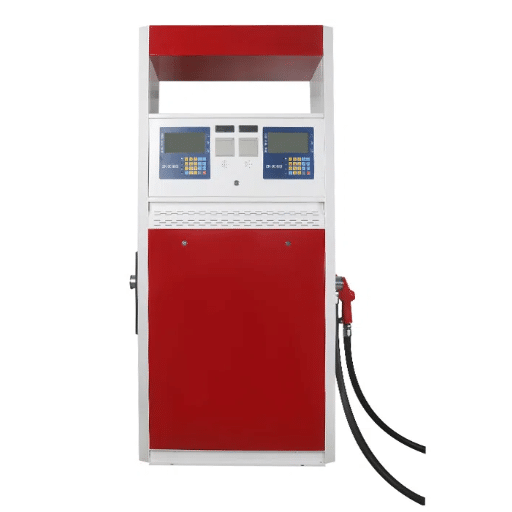
Metering Unit and Flow Meter
The metering unit contains the flow meter, the main part that measures the fuel dispensed closely. Flow meters apply either positive displacement or turbine, or Coriolis methods to get the measurements that are exact, even in different flow rates and pressure conditions. The unit’s calibration mechanism guarantees compliance with metrological rules.
Pumping Unit
From the storage tank, the pumping unit takes fuel to the meter. Such systems usually have vane-type or gear pumps as their main pump for quick fuel transfer. A bypass valve in the pump keeps the pressure controlled, thus protecting the system during its operation from damage due to high pressure.
Hose and Nozzle
The hose is the one that connects the metering unit to the nozzle and is made of flexible and strong materials that can endure chemical exposure and environmental stress. The nozzle has a feature that shuts it off automatically when the tank is full to prevent overfills and make the fuel dispensing safe.
Electronics and Control System
Advanced control systems, which incorporate microprocessors and communication interfaces for transaction management and system diagnostics, equip modern fuel dispensers. Such systems enable smooth and fast data transfer for inventory tracking and payment processing. The unit also has digital displays that give real-time information to the user.
Safety Features
Pressure relief valves, anti-siphon devices, and grounding systems to prevent static discharges are some of the main safety features. These measures will reduce the chances of such incidents as leaks, over-pressurization, and fire, thereby guaranteeing the safety of operations and compliance with standards.
Fuel Nozzle: The User Interface
The fuel nozzle acts as the main interface connecting the customer with the fuel dispensing machine. Nowadays, nozzles are ergonomically designed for comfortable use; they have light materials and molded grips to minimize user fatigue during use. Built-in flow control systems, including the automatic shut-off feature, allow for accurate filling by stopping the flow once the tank is full, thus avoiding spills. Moreover, nozzles come with vapor recovery systems that suck in fuel vapors and cut down on emissions. High-end models are equipped with sensors and smart technology that allow for a smooth conversation with other parts, for instance, payment systems and fuel management software, which in turn makes it more user-friendly and increases the efficiency of operations.
Hoses: Delivering Fuel Safely
Fuel hoses are the major parts that assure the safe and smooth movement of fuel to the vehicle or equipment being serviced from the dispensing unit. The hoses are made from very strong, reinforced materials like nitrile rubber or thermoplastic compounds, so they can handle the high-pressure fuel flows, exposure to a variety of chemicals, and extreme temperature shifts. In fact, they are built to meet very strict safety requirements, including being certified by industry standards such as UL (Underwriters Laboratories) and ISO.
Anti-static properties are among the features of modern fuel hoses, which help prevent the accumulation of static electricity that could otherwise become a fire hazard in the course of fueling operations. On top of that, many hoses come with breakaway couplings that automatically disconnect in case of any intense tension or force, thus preventing spillage and accidents. Increased flexibility and resistance to abrasion contribute to the durability and dependability of the hoses, even in harsh working conditions. Fuel hoses, by virtue of their strong construction and high safety mechanisms, provide a necessary layer of protection and efficiency in the fueling systems.
Fuel Filter: Ensuring Clean Fuel Delivery
In a modern fueling system, a fuel filter is a necessary part. It cleans up the fuel by getting rid of impurities like dirt, rust, and other particles before sending it to the engine components, where the fuel is most critical. The filter is within the fuel line and uses top-class filtration media to capture these particles, guaranteeing the delivery of clean fuel. As a result, fewer clogs occur in injectors and carburetors, which altogether leads to better engine performance, higher fuel efficiency, and less emission of pollutants. Taking care of and replacing the fuel filter on time is very important in order not to cause any engine damage in the long run and to have a good fueling system that lasts. Today’s filters are also equipped with features like separators that remove water to prevent moisture contamination, which makes them very useful in keeping the reliability of the operation even in different fuelling conditions.
Maintenance of Fuel Dispenser Parts
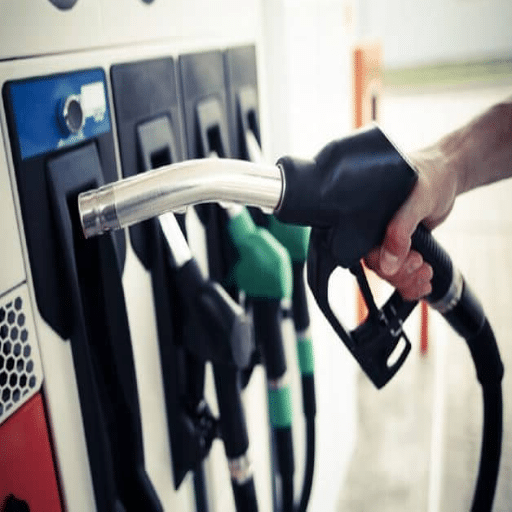
The proper maintenance of fuel dispenser parts guarantees reliable performance and increases the lifetime of the equipment. The principal activities are as follows:
- Regular Inspection: Perform visual inspections in search of wear, cracks, or leaks in hoses, nozzles, and seals. Instantaneously identify and solve any problems.
- Filter Replacement: Change fuel filters at regular intervals according to manufacturer recommendations, in order to keep the fueling system free from contaminants.
- Calibration: Make sure the dispensers are properly calibrated so that there will be no differences in the amount of fuel delivered.
- Cleaning Components: Wash exterior and interior parts so they can get rid of dirt and debris that could hinder the operation.
- Monitor Electronics: Do a check-up of the electronic parts to see if they are working correctly and to also make sure they are not moist or that the fault is not electrical.
These steps must be carried out regularly to ensure the fueling operations are reliable and safe. Always follow the manufacturer’s recommendations with regard to maintenance schedules and procedures that are specific to different equipment.
Regular Checks and Replacements
The regular checks and immediate replacements are very important for the efficiency and durability of the fueling equipment. The primary practices are as follows:
- Fuel Hoses Inspection: Test the hoses every once in a while for cracks, wear, or leaks. Be quick in replacing any damaged hoses so that you don’t have fuel leaks and operational hazards. Always use the manufacturer-approved hoses so that you have the safety and compatibility guaranteed.
- Filters Checking: Keep an eye on and change, if necessary, the filters at regular intervals so that blockages do not happen and optimal flow rates are maintained. Clogged filters may cut down the system’s efficiency and also shorten the lifespan of pumps. Filters are to be changed as per the manufacturer’s recommendation or according to how intense the usage is.
- Pump Performance Assessment: Carry out the routine assessment of the pump output and thus detect any irregularities, if there are any, in the fuel flow or the pressure. Replace the worn-out parts, like seals or gaskets, to prevent operational failures.
- Nozzles and Valves Testing: Make sure that nozzles and valves are working properly, and that there are no leaks or malfunctions. Replace the damaged parts so that you can have accurate fuel distribution and prevent safety hazards.
Operators can reduce downtime, improve fueling accuracy, and guarantee safety standards compliance by following systematic inspections and replacement schedules. The manufacturer’s instructions and the best practices in the industry should always be consulted to make sure that these procedures are carried out in the most effective way.
Common Issues with Fuel Dispenser Components
Fuel dispensers are intricate systems made up of several interrelated parts, and each one of them is important to fuel delivery’s efficiency and accuracy. Besides, there might be some problems up to a certain point that hurt the machines’ performance and dependability. Some of the most common problems that are encountered in such cases are listed below:
| Issue | Description | Impact |
|---|---|---|
| Metering Variability | The metering system, which may include piston meters or turbine meters, experiences wear and tear that results in the fuel not being measured accurately. | The research shows that the calibration drift of even the smallest amount can cause a difference in the fuel volume accuracy up to 0.3%, which can badly hit the company’s profit and customer satisfaction as well. |
| Hose Deterioration | Hose pipes in fuel dispensers are always under the effects of rough environmental conditions like sunshine, fluctuating temperatures, and exposure to different chemicals. | This is the reason why the hoses eventually get cracked, develop leaks, and lose flexibility. Reports indicate that about 20% of the cases of maintenance are due to the failure of hoses. |
| Nozzle Failures | Another common problem is nozzle malfunction, which is very often caused by the components wearing out or the blockage by contamination of the system. | The nozzles with malfunctioning automatic shutoff mechanisms can lead to the spilling of fuel, which in turn raises safety and environmental issues. It has been observed that regular inspections and timely replacement of worn-out nozzles can play a great role in minimizing operational hazards. |
| Electronic Sensor Malfunctions | Modern fuel dispensers make extensive use of electronic sensors for gauging flow rates, temperature, and other factors. However, sensor degradation, which generally occurs due to electrical surges and prolonged exposure to high humidity, may result in wrong readings or complete system failure. | Studies have shown that as much as 15% of service interruptions in contemporary fuel dispensers can be traced back to sensor malfunctions. |
| Filter Blockages | A common problem that fuel filter blocking leads to is the restriction of fuel flow, and in turn, reduced dispensing effectiveness. Blockage of filters by contaminants such as dirt, water, and microbial growth is aggravated, especially in places where fuel quality is not consistent. | Studies indicate that failure to maintain filters properly can lead to a decrease in the fuel flow rate of up to 50% when complete blockage is still not reached. |
| Pump Motor Failures | The pump motors are the core of the fuel dispensers, and their failure is mainly caused by overheating, insufficient lubrication, or voltage fluctuations. | Statistics show that nearly 10% of unexpected maintenance incidents at gas stations are due to motor-related problems. By regularly checking motor performance and voltage, they can avoid more significant mechanical failures. |
Operators can detect and solve these frequent component problems before they develop into bigger ones by applying an excellent maintenance program and using predictive analytics backed by diagnostics technology. It is the case that the enforcement of manufacturer recommendations, together with local regulations, significantly boosts the performance and safety of fuel dispensing systems.
Best Practices for Fuel Dispenser Maintenance
Preventive Maintenance
The filters that are replaced at the manufacturer’s intervals will be inspected, and all connections will be tightened. Moving parts are to be lubricated according to the guidelines of the manufacturer. Meters are to be calibrated regularly to be sure of accurate fuel measurement and to be in compliance with the legal standards.
System Diagnostics and Testing
Advanced diagnostic tools will be used to keep track of the performance of the dispensers. Testing for common problems like irregular flow rates, pressure loss, or sensor malfunctions will also be done. Any error will be corrected immediately so that there will not be lengthy downtime, and the operation will always be consistent.
Compliance and Documentation
Operators have to be aware of all local regulations as well as the legal requirements that have to do with the fuel dispensing systems. They also have to keep detailed logs that will document maintenance activities, repairs, and inspections so that there is accountability and documentation for audits.
Training and Safety Protocols
Staff are to be trained on the proper use of the equipment and on emergency response procedures. In addition, they should be knowledgeable about safety standards in the event of a spill or hazard detection, for example, detecting fuel leaks or vapor emissions should they occur.
Operators who practice these methods are likely to enjoy their equipment’s longevity, and also the operational efficiency, and on top of that, they will be able to minimize the risks of expensive failures and regulatory non-compliance.
Innovations in Fuel Dispenser Technology
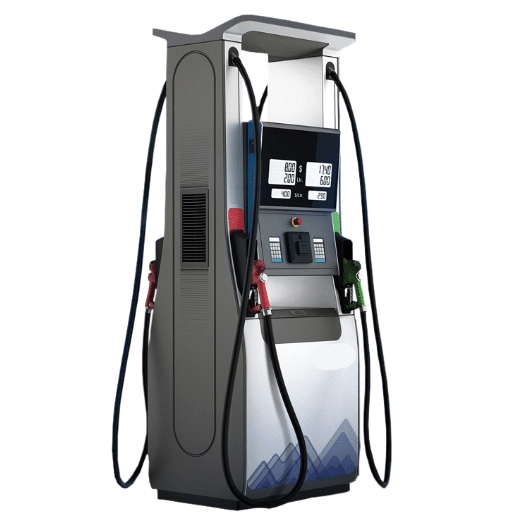
The focus of technology at dispensers was on enhancing the performance, correctness, and safety of the environment. Among the most significant improvements were:
- Enhanced Metering Precision – The use of high-tech metering systems nowadays to deliver fuel with utmost accuracy has effectively cut down the chances of discrepancies that could lead to non-compliance with regulating bodies’ standards.
- Integration with Digital Payment Systems – Today’s dispensers have already incorporated digital payment options and are also equipped with modern payment systems that make it easier for consumers to fuel up.
- Vapor Recovery Systems – These systems aim to capture vapor and, at the same time, minimize its emissions during the refueling process, which in turn furthers the cause of reducing the environmental impact.
- IoT-Enabled Monitoring – The Internet of Things (IoT) technology facilitates the real-time monitoring of dispenser performance, thus enabling predictive maintenance and reduction of downtime.
- High-Speed Fueling Capabilities – New and improved nozzles and pumps are the ones that are making it easier and quicker to refill, and that is especially advantageous for large vehicles, as it will eventually lead to higher overall operational efficiency.
The fuel industry has taken a giant leap forward by incorporating these innovations, transitioning towards safer, quicker, and more sustainable operations.
Submersible Pumps vs. Aboveground Pumps
| Pump Type | Advantages | Disadvantages | Best Use Cases |
|---|---|---|---|
| Submersible Pumps | • Increased noise reduction • Complete elimination of vapor lock • More efficient than aboveground pumps • Minimal maintenance (1-2 times per year) • Sealed design protects internal components |
• More difficult maintenance access • Higher initial installation costs |
High-volume applications, heavy-use dispensing areas, and truck stops |
| Aboveground Pumps | • Easier maintenance and repair access • Lower installation costs • Simpler accessibility |
• Less efficient for long distances or high viscosity fuels • More susceptible to vapor lock • Noisier operation |
Small installations, situations prioritizing easy access and maintenance |
When one assesses the advantages and disadvantages of submersible pumps and aboveground pumps, mainly, the better efficiency, the more difficult maintenance, and the more expensive operational costs are to be considered. Making use of the submersible pumps’ design, they are actually even more efficient than above-ground pumps. These pumps provide increased noise reduction and complete elimination of the vapor lock problem during operation, thus being the most favored ones in heavy-use dispensing areas. On top of that, pumps of this kind are barely serviced at all, with most of them being done only twice a year, if not only once a year, because of the fact that with their sealed design, all internal components are protected from external elements.
Aboveground pumps, in contrast, are easier to deal with in terms of maintenance and repairs that happen regularly because of their location. The way that these pumps pull the fuel from the tank makes it a less efficient process when the distance is long or the fuel is of high viscosity. They are also more susceptible to experiencing vapor lock problems, and their operation is normally noisier than that of submersible pumps.
In the end, the decision to make between submersible and aboveground pumps is primarily based on particular operational requirements, such as site size, fuel throughput, and maintenance capabilities. It is common to see submersible pumps in high-volume applications, while aboveground pumps may work better in smaller installations or where simple accessibility is an important factor.
Future Trends in Fuel Dispensing Technology
The fuel dispensing sector is considerably changing on account of technological innovation, environmental rules, and consumer expectations. One of the main trends is the use of automated and contactless payment solutions that not only add to customer convenience but also cut transaction times considerably. Along with this, smart fuel dispensers imbued with IoT functionalities are taking operational efficiency to a whole new level by offering real-time data analytics, remote monitoring, and predictive maintenance.
Another significant breakthrough is the coming up of alternative fuel dispensers, such as those for electric vehicles (EVs) and hydrogen, which is indicative of the global transition towards renewable energy sources. These dispensers are usually fitted with versatile systems to cater to a large variety of vehicles. Finally, the use of advanced materials and design techniques is leading to fuel dispensing equipment that lasts longer and is more accurate, ensuring compliance with very strict safety and environmental regulations while at the same time improving the performance and reducing the waste. These trends paint a picture of a future where fuel dispensing technology will be smarter, greener, and more focused on the customer.
Reference Sources
“Automatic Vehicle Fueling System Using PLC Controlled Robotic Arm”
“Consumer Protection Related to Dispensing Pump Manipulation in SPBU (Gas Station)”
Frequently Asked Questions (FAQs)
What are the main parts of a fuel dispenser?
The major components of a fuel dispenser are the nozzle, hose, flowmeter, pump, and electronic parts. These elements cooperate to obtain the proper and safe working of the dispenser, thus enabling the precise fuel transfer to cars. The refueling process is made by the continuous opening of each element and the prevention of any leak or obstruction in the fuel line from the tank to the car.
How does a flowmeter work in fuel dispensing?
A flowmeter is one of the most important parts of the fuel dispenser that counts the amount of fuel being dispensed. It applies different methods, mechanical or electronic, to determine the speed and total amount of fuel flowing. Users see the price of the fuel being dispensed per gallon or liter on the screen that is integrated with the flowmeter, which is very helpful in accurate billing during transactions.
What safety features are included in fuel dispenser parts?
Fuel dispensers are built with a number of safety features, including automatic shut-off and explosion-proof components. These features help to avoid any dangerous situations, i.e., leaks occurring during dispensing, thus making the process safer. Moreover, manufacturing processes for solenoid valves and oil pumps ensure that these components are made of durable materials that can withstand wear and tear and are also protected from weather-related damage.
How do fuel dispenser accessories enhance performance?
Fuel dispenser accessories, such as nozzles or hoses, significantly improve the performance and adaptability of the dispensing systems. Apart from that, such accessories also increase the satisfaction of the customers at the gas station. If fed properly, the nozzle can deliver the required amount of fuel to the cars in the most efficient way possible.
What is the role of the oil pump in fuel dispensers?
The oil pump is one of the most important parts of the fuel dispenser; it is in charge of shifting the fuel from the underground tank into the vehicle. Besides that, it also assures that a certain amount of fuel is available for dispensing, and it does so by maintaining the pressure needed for proper dispensing. Pumps can be of different types, such as gear pumps and submersible pumps, each of which caters to different dispensing needs.
How can I ensure the safe operation of my fuel dispenser?
The fuel dispenser’s safe operation can be guaranteed by performing a daily inspection of its vital parts and by carrying out periodical preventive maintenance on them. For example, checking the flowmeter, fuel pump, and automatic shut-off mechanism. Moreover, trained personnel should manage payments and supervise dispensing while looking for signs of malfunctions. It is also very important to follow safety regulations and guidelines in order to avoid accidents and protect both users and the environment.
What maintenance is required for fuel dispenser components?
Maintenance of fuel dispenser components consists of checking the accuracy of the flowmeter, inspecting hoses and nozzles for wear, and making sure that electronic components are working properly. Cleaning of fuel filters and testing of safety features like the automatic shut-off mechanism should also be done at regular intervals to ensure that they are operating correctly. This maintenance not only allows the dispenser to last longer but also secures reliable fuel delivery.
Can I select different fuel grades at a fuel dispenser?
Indeed, many sophisticated fuel dispensers are capable of disclosing the ignition of the distinct fuel grades, such as regular, mid-grade, and premium petrol, through their technological nature of technology. Generally, this nice feature is made user-friendly through a keypad on the dispenser, thus letting customers determine which type of fuel would be best for their vehicle. Separate storage tanks enable accurate dispensing of the type of fuel when selected.

